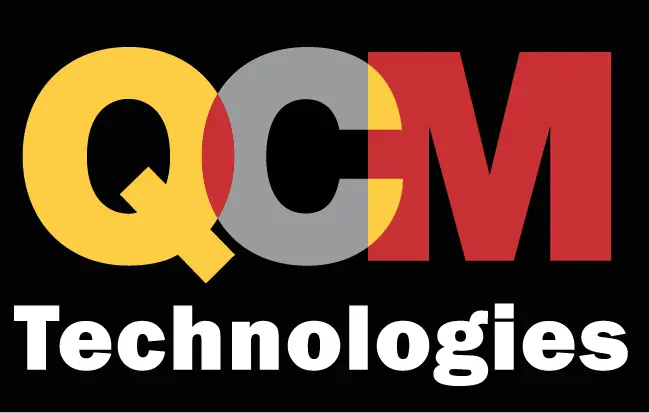4 Digital Transformation Success Stories
The 4 Digital Transformation Success Stories of Walmart, Bed Bath & Beyond, and others are steering digital initiatives to drive growth and efficiency.
These real-world transformation examples detail IT leaders’ strategies and implementations.
You can say one thing about the coronavirus pandemic: Never before has a digital strategy spanning efforts to modernize and transform the business been so important.
Fueled by heightened business resiliency imperatives, CIOs replatformed on cloud software for agility’s sake and digitized processes for contactless customer services. Solutions already on CIOs’ strategic roadmaps but that had gotten bogged down in bureaucracy were suddenly jumpstarted as teams feared being lapped by competitors, says Laura Laberge, McKinsey director of capabilities for digital strategy.
“They were universally aware there was a crisis and that massive change needed to happen because the cost of inaction was so high,” Laberge tells CIO.com.
Here IT leaders discuss some of the progress of their digital work.
Walmart cashes in on cloud, analytics
Walmart’s hiring of Suresh Kumar as global CTO in 2019 signaled a reboot of its evolving technology strategy, which already centered on cloud and machine learning (ML) software.
Kumar has turbocharged these efforts, building out a hybrid cloud platform, which plays a critical role in running ML and other data-intensive applications at the retailer, Kumar said in the company’s fourth-quarter earnings call in February.
“Migrating to the cloud allowed us to keep the site available for our customers, while operating lot more efficiently because we could scale up and we could scale down in a very seamless manner,” Kumar said. For instance, Walmart ran 100% of its US ecommerce and Sam’s Club customer experiences on the cloud during the holiday season, complementing efforts to turn more than 2,500 stores into micro-fulfillment centers to quickly get more goods to shoppers.
The cloud platform, fueled by Microsoft and other partners, connects the company’s new checkout system to nearly 23,000 point-of-sale devices. It also fuels a data lake, enabling Walmart to run advanced analytics to generate insights about store operations and the customer experience. Kumar also said that Walmart is also using algorithms to optimize both the location and quantity of inventory and better forecast demand.
Bed, Bath & Beyond embraces digital-first approach
Despite lagging in technology for several years, Bed Bath & Beyond (BBBY) dusted off its IT strategy in 2020, unveiling a transformation strategy predicated on delivering services from any channel, including buy online pickup in store (BOPIS), curbside pickup, and same day delivery.
To support this “digital first” mission, BBBY hired as CTO Scott Lindblom, who is using data, analytics, and agile development to create operational efficiencies and help improve the customer experience. For instance, BBBY has earmarked $250 million for implementation of modern technology platforms over the next three years.
Invesco taps APIs to boost asset management
At Invesco, sharing information about products had long been carefully curated, thanks to compliance and legal requirements. Driven by digital imperatives to boost operations and improve customer service, Invesco, which manages more than $1.4 billion in assets worldwide, began using APIs to surface data about its pricing models, as well as what products customers purchased and from what channels.
Ferguson takes the 360-degree approach to CRM
Single sources of truth are also something near and dear to Michael Sajor, CIO of Ferguson, which distributes plumbing supplies and HVAC equipment.
When joining the company in 2019 to lead its business transformation, Sajor found customer information scattered across multiple siloes. But with local showrooms temporarily closed due to COVID-19 and home renovations spiking, Ferguson needed to rapidly digitize many key aspects of its business.
Bottom line
CIOs who successfully navigated operating during the pandemic built tremendous political capital among their C-suite peers. The next challenge? Sustaining this productivity while identifying and building new digital business products, Laberge says.
This no mean feat: Only 11% of executives believe their current business models will be economically viable through 2023, while another 64% say their companies need to build new digital businesses to remain viable, Laberge says.
Need help with your Digital Transformation?
Ways to Reach Us
CALL US
Tim Kinnerup, Vice President**
(480) 483-4371 Office Direct
** If your situation is urgent, please reach out to Tim Kinnerup for assistance
EMAIL US info@box2449.temp.domains
USE OUR >> QUICK CONTACT FORM
QCM Technologies, Inc.
www.qcmtech.com
Scottsdale, Arizona • Est. 2001
Serving the Southwest for over 20 Years
SOURCE: CIO






